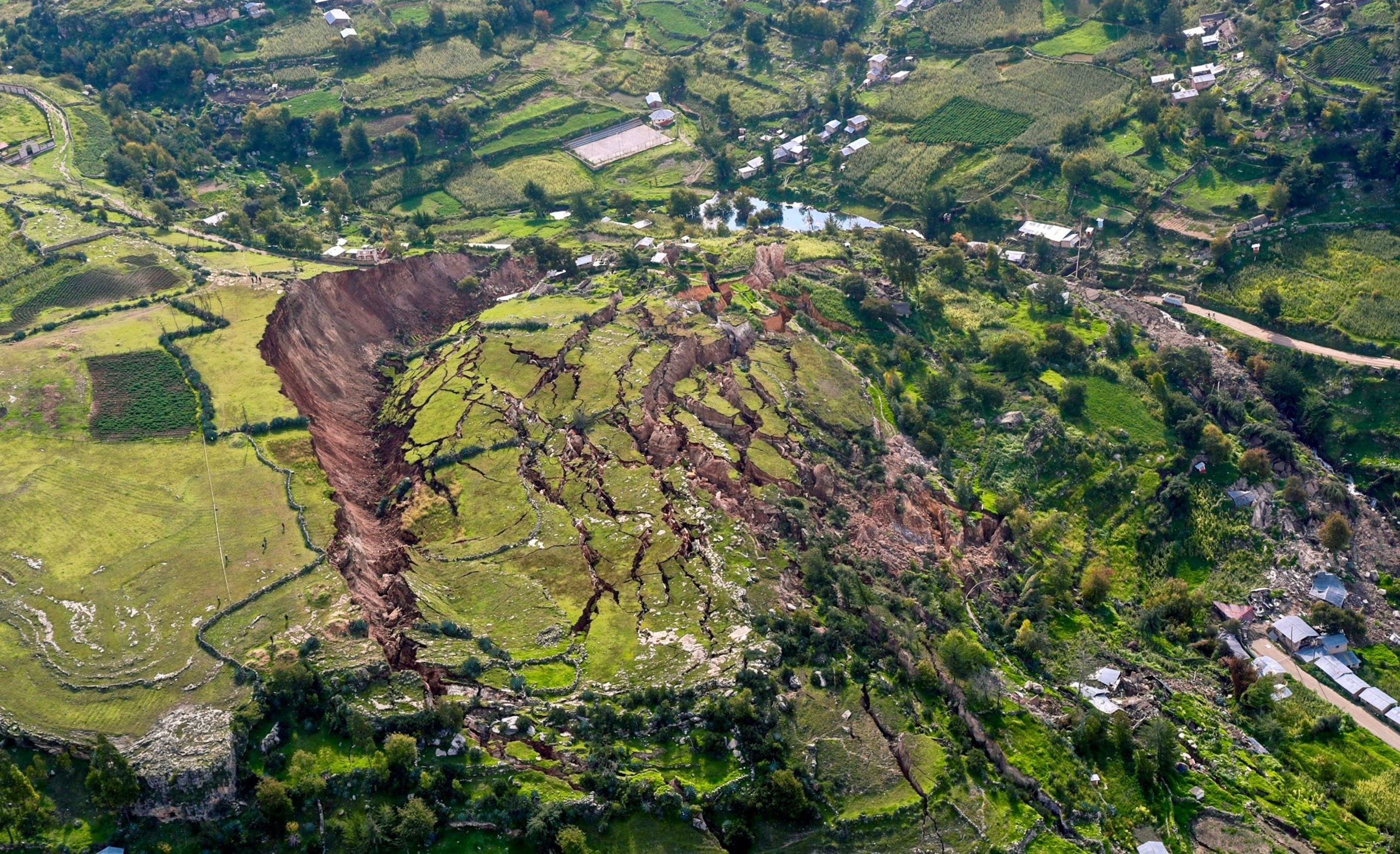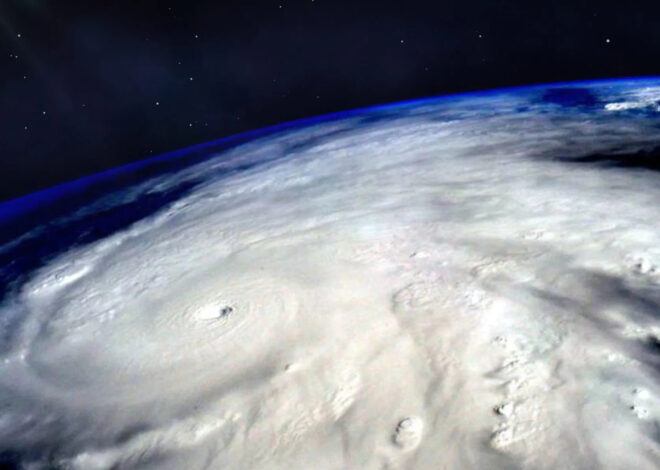
How To Survive A Landslide
Knowing how to survive a landslide is crucial for anyone living in an area prone to these events. Landslides are powerful and unpredictable natural disasters that can happen suddenly, leaving destruction in their wake.
From understanding the causes of landslides to preparing ahead of time and knowing what to do during and after one hits, being informed can make all the difference between life and death. Let’s explore essential tips on surviving a landslide and ensuring your safety in the face of nature’s force.
Understanding Landslides
Landslides are rapid movements of rock, soil, and debris down a slope. They can be triggered by heavy rainfall, earthquakes, volcanic eruptions, or human activities like deforestation or construction. The force of gravity plays a significant role in causing landslides to occur.
There are different types of landslides based on the material involved and how they move. Common types include rockfalls, debris flows, and slumps. Each type presents unique challenges when it comes to predicting their occurrence and mitigating their impact.
Understanding the warning signs of a potential landslide is crucial for staying safe. Indications such as sudden changes in water flow or unusual sounds from the ground can signal imminent danger. Being aware of your surroundings and staying informed about local geological conditions can help you prepare for possible landslides more effectively.
By recognizing the factors that contribute to landslides and knowing how to interpret warning signs, you can better protect yourself and your loved ones from this natural hazard.
Steps to Prepare for a Landslide
Living in an area prone to landslides can be daunting, but being prepared is key. Start by researching your community’s history with landslides. Identify high-risk zones and evacuation routes in case of a landslide emergency.
Develop a family emergency plan that includes communication methods and meeting points. Pack a disaster supply kit with essentials like water, non-perishable food, first aid supplies, and important documents.
Consider installing barriers such as retaining walls or protective netting to reduce the risk of debris flow onto your property. Maintain proper drainage systems around your home to prevent soil saturation during heavy rains.
Stay informed about weather conditions and heed any evacuation warnings issued by local authorities. Regularly practice drills with your family to ensure everyone knows what to do in case of a landslide threat.
By taking these proactive steps, you can increase your chances of staying safe and minimizing damage during a landslide event.
Creating an Emergency Plan
When it comes to surviving a landslide, being prepared is key. Creating an emergency plan can make all the difference in ensuring your safety and that of your loved ones during a natural disaster like a landslide.
Start by assessing your risk level – are you living in an area prone to landslides? Identify potential escape routes from your home or workplace and establish meeting points in case family members get separated.
Gather important documents, such as identification papers, insurance policies, and emergency contact information, and keep them in a waterproof container for easy access during an evacuation.
Compile an emergency kit with essentials like non-perishable food, water, first aid supplies, flashlights, and batteries. Make sure everyone in your household knows where this kit is located.
Practice regular drills with your family or roommates so that everyone is familiar with the evacuation procedures. Communication is key during emergencies – designate someone outside of the affected area as a point of contact for updates on your whereabouts.
Remember that preparation is crucial when facing the unpredictability of landslides. Stay informed about potential risks in your area and update your emergency plan accordingly to ensure you are ready to act swiftly when disaster strikes.
What To Do During a Landslide
During a landslide, it’s crucial to stay calm and act swiftly. If you’re indoors, move to the highest level of your home or workplace. Avoid windows and doors, seeking shelter under a sturdy piece of furniture like a table or desk.
If you’re outdoors during a landslide, try to move quickly to higher ground. Stay away from rivers, streams, and low-lying areas where water can accumulate rapidly. Do not attempt to drive through flowing water or debris-covered roads.
Listen for any unusual sounds that may indicate moving debris nearby. Be prepared to evacuate if necessary and follow evacuation orders promptly. Keep tuned in to local news and weather updates for information on the situation.
Remember that safety comes first – prioritize your well-being over belongings. Stay alert and ready to take action as needed during these unpredictable events.
After the Landslide: Recovery and Rebuilding
After a landslide wreaks havoc on your surroundings, the road to recovery and rebuilding can seem daunting. The first step is ensuring safety by staying away from affected areas until authorities declare it safe. Contact emergency services if needed.
Assessing the damage is crucial for planning the next steps. Documenting any destruction through photos or videos can assist with insurance claims and aid in seeking assistance from relevant agencies. Clearing debris safely should be done cautiously to avoid further risks.
Rebuilding infrastructure and homes will require careful consideration of potential hazards to prevent future disasters. Seek professional guidance when reconstructing buildings in landslide-prone areas. Engage with community resources for support during this challenging time.
Remember, recovery takes time, patience, and resilience but with proper planning and support, you can navigate through the aftermath of a landslide successfully.
Importance of Early Warning Systems
Early warning systems are crucial in mitigating the impact of landslides. These systems can provide vital information about potential risks, allowing people to evacuate and seek safety before disaster strikes. By receiving timely alerts, individuals and communities have a better chance of preparing themselves and their properties for an impending landslide.
Having access to accurate data through early warning systems enables authorities to make informed decisions regarding evacuation orders and emergency response efforts. This proactive approach significantly reduces the loss of lives and property damage associated with landslides.
Implementing effective early warning systems involves utilizing various technologies such as sensors, monitoring devices, and communication networks. These tools work together to detect changes in slope stability or weather conditions that could trigger a landslide event. Additionally, community education plays a key role in ensuring that residents understand how to respond when alerted by the system.
Incorporating early warning systems into disaster preparedness plans is essential for building resilient communities capable of coping with natural hazards like landslides. Collaborative efforts between government agencies, scientists, technology experts, and local residents are vital for enhancing the effectiveness of these life-saving mechanisms.
Resources for Additional Help and Information
In times of a landslide, having access to additional help and information can make a significant difference. There are various resources available that offer guidance on how to navigate through such emergencies.
One valuable resource is the local emergency management agency, which provides updates on the situation and offers assistance to those affected by landslides. It’s essential to stay informed about evacuation routes, shelters, and other important details.
Additionally, reaching out to geological surveys or experts can provide insight into the causes of landslides in your area and how to prevent future occurrences. These professionals can offer advice on slope stabilization techniques and land use planning.
Online platforms like government websites, community forums, and social media channels often share real-time updates during natural disasters. Following these sources can help you stay informed and connected with others facing similar challenges.
Remember that being proactive in seeking help and information can enhance your preparedness for any potential landslide threats. Stay informed, stay connected, and prioritize safety above all else.
Conclusion
In times of natural disasters like landslides, being prepared can make all the difference in ensuring your safety and that of your loved ones. By understanding what causes landslides, preparing a comprehensive emergency plan, knowing what to do during a landslide, and taking steps towards recovery and rebuilding afterwards, you can greatly increase your chances of survival and minimize the impact on your life.
Remember that early warning systems are crucial for providing timely alerts about potential landslides, giving you valuable time to evacuate safely. Utilize available resources for additional help and information to stay informed and prepared.
By following these steps and staying proactive in your approach to dealing with landslides, you can enhance your resilience in the face of this natural disaster. Stay safe, stay informed, and be ready to take action when needed. Surviving a landslide is possible with the right knowledge and preparation.



